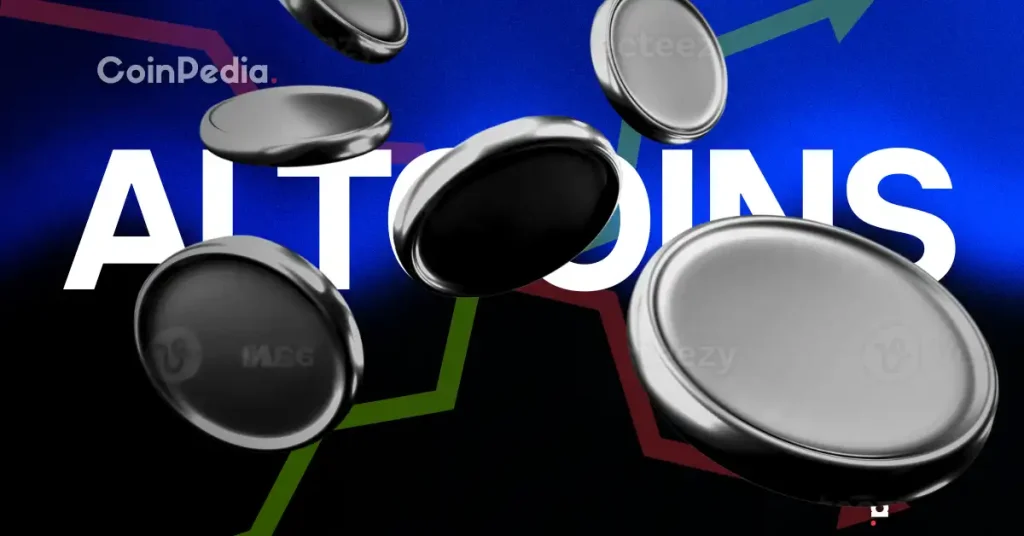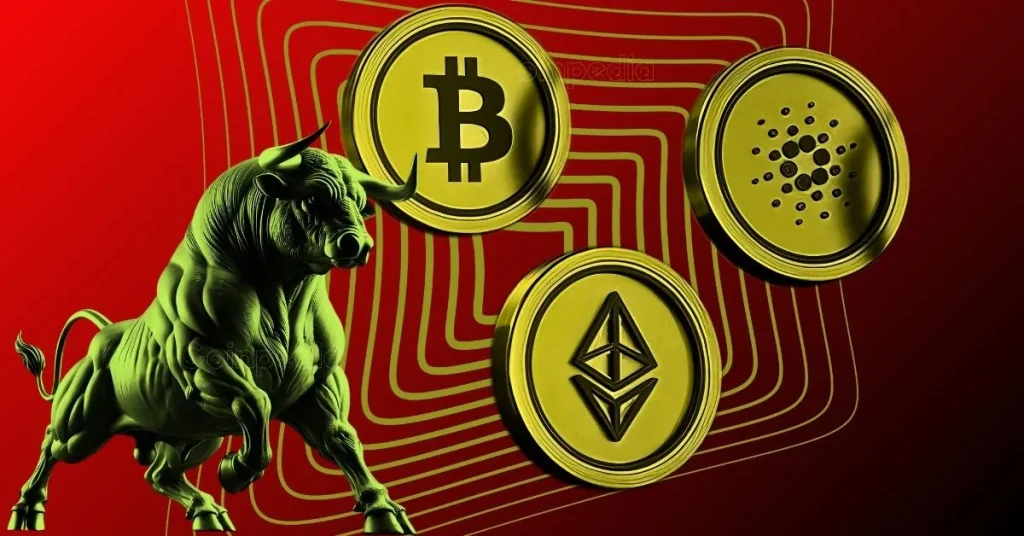In the recent month, the Federal Reserve’s decision to leave interest rates unchanged has sparked considerable debate about the influence of tariffs on inflation. Investors have been eagerly awaiting the latest Fed minutes to grasp crucial economic insights. Right before these minutes were made public, Bitcoin (BTC) showed a strong upward trajectory. What revelations have emerged from this detailed financial report?
Key Revelations in Minutes?
The choices made by the Fed to maintain steady interest rates were influenced by employment data, revealing that without data skewing, a reduction might have been unavoidable. However, the Producer Price Index (PPI) trends indicate that rising inflation challenges the notion of lowering rates. Such contradictory data elevates the significance of dissecting the Fed minutes.
Crucial points extracted from the minutes include:
- Participants noted challenges in pinpointing tariff impacts on inflation prior to monetary policy shifts.
- Concerns were voiced by some about inflated asset valuations.
- The forecast for real GDP from 2025 to 2027 remains consistent with the June projections.
- It was mentioned that the prevailing interest rate is not exceedingly higher than the neutral rate.
- Delayed effects of tariffs on the economy were acknowledged by many.
- A consensus emerged that firms might transfer tariff costs to consumers.
- The policy committee’s ongoing refinements to the consensus statement were underscored.
- The statement is designed to be adaptable to diverse economic scenarios.
Following the release of these insights, Bitcoin’s price remained relatively stable. Nonetheless, the potential for increased inflation driven by tariffs continues to pose concerns as the September meeting approaches. Market sentiment will be gauged by Fed Chairman Powell’s forthcoming address, particularly as it reflects opinions formed before the latest reports.
How Do Inflation Expectations Align?
Previous data exposed moderate GDP growth, low unemployment, and slightly raised consumer inflation. Tariff pressures on goods’ prices have stalled disinflation. The Personal Consumption Expenditure (PCE) Price Index recorded a 2.5% inflation rate for June.
The labor sector’s strength is indicated by a dip in the unemployment rate to 4.1% by June. While real GDP’s growth recovered slightly in the second quarter, variations in investment and PCE rates slowed private final purchases.
Inflation discussions highlighted that current rates slightly surpass the Fed’s 2% objective. Recent increases in product pricing due to tariffs are clear, yet inflation without these effects remains near target levels.
Overall, inflation is expected to rise temporarily, though timing and extent remain uncertain. Factors like stockpiling pre-tariffs, slow input cost hikes, and evolving trade talks contribute to delayed impacts in goods and services.
“It’s essential to understand how tariff impacts unfold over time,” emphasized a participant.
Powell’s forthcoming address should clarify the Fed’s stance amidst these diverse economic narratives, with markets closely monitoring how inflation will affect monetary decisions in the near term. BTC’s price movements hinge on these evolving factors, reflecting broader economic challenges in the crypto sphere.
Disclaimer: The information contained in this article does not constitute investment advice. Investors should be aware that cryptocurrencies carry high volatility and therefore risk, and should conduct their own research.
















 English (US)
English (US)